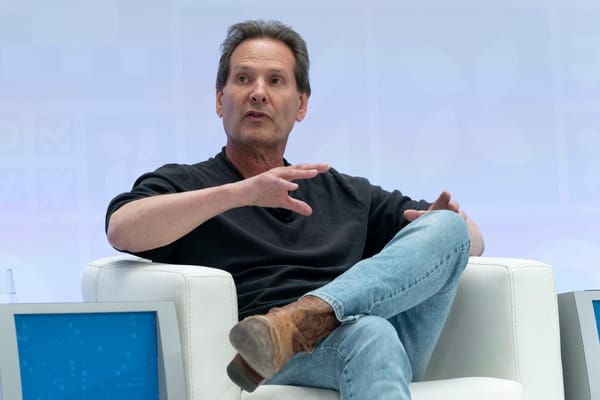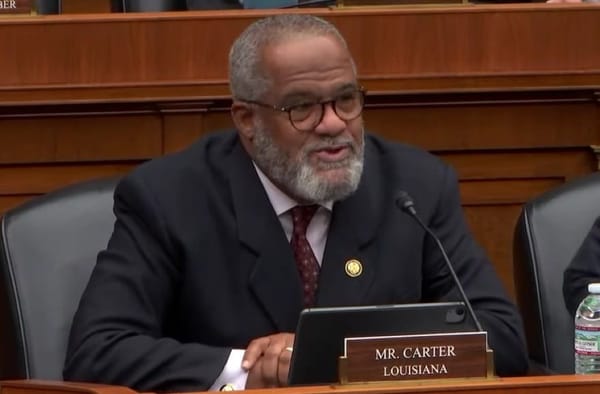Aspen Review: Questions Posed by the Expanding Participation of a Many-to-Many Age
August 21 – It’s worthwhile to step back and examine the so-called digital revolution with an eye towards the future of innovation after the Progress and Freedom Foundation’s summit in Aspen, Colorado. What were the essential questions asked by the summit discussants? What are possible answers?
Drew Bennett
Blog Entries
August 21 – Looking back at three productive and engaging days at the Progress and Freedom Foundation’s Aspen Summit, it’s worthwhile to step back and examine the so-called digital revolution with an eye towards the future of innovation. What were the essential questions asked by the summit discussants? What are possible answers? I’d like to contextualize the issues that arose in regards to the mission of BroadbandCensus.com.
The stated goal of the Aspen Summit was to discover the contemporary keys to innovation. The market and policy issues addressed as a part of this discovery included online copyright enforcement, targeted web advertising, network traffic management, innovation and global economic competitiveness — and broadband connectivity in the US and around the world. While many of these issues have been around for a while, internet users, innovators and policy makers are confronting them today in substantively new ways.
The best way to sum up what’s new: internet communications have reached a new stage of maturity as a many to many medium. John Horrigan opened the Summit by reporting that 40% of internet users are also contributors to the medium. While the digital revolution may be old and champions of the web have always claimed it to be a democratizing technology, the emergence of the web as a true many-to-many medium is quite recent and still under development.
Discussants at Aspen from both the private and public sector were keenly aware of this profound evolution in the digital realm. Their analysis focused on two key characteristics of the many-to-many web: the renewed potential for monetization and the emerging scarcity of bandwidth.
There’s a sense in which both of these factors drive each other: profits are promised for those who can deliver bandwidth-intensive services, and bandwidth-intensive services offer new opportunities for profits through revenue streams like advertising. But I’d like to step-back and consider these factors separately, which is, in effect, what was undertaken at the Aspen Summit.
The first full day of the summit considered the following digital issues: protecting IP, liability and enforcement, and advertising and privacy. We can trace the emergence of all of these issues back to the potential for enhanced profits that now characterizes the many-to-many internet. Participants at Aspen were essentially asking what the new revenue streams will be in the many-to-many age, how can they be protected, and what are the political and legal boundaries that might restrain them? Further proof that we’ve only now entered the “many-to-many age”: In panel after panel, discussants focused on turning to the users for answers to these questions.
Cooperation, consensus, and communication were heralded repeatedly by both private-sector stakeholders and policy makers. Both groups also expressed interest in user-generated solutions to the many issues that will arise as new revenue streams are pursued online. As the many-to-many web matures and John Horrigan’s 40% turns into 60% and higher, these industry leaders will have no excuse for not following through on their promise to engage.
Day two at Aspen then considered the implications of a bandwidth-scarce digital age. If the monetization discussed on day one is to become a reality, then how can enhanced services in the digital medium be sustained and expanded?
Panelists focused on engaging with the global marketplace, fostering innovation in the US, and ensuring investment in expanded networks around the world. These, of course, are broad objectives and discussants offered many, and sometimes conflicted, answers to the question of how to achieve them.
For example, engaging with the Chinese marketplace offers a great opportunity to extend the many-to-many web and its profits. But that engagement will put further pressure on the necessary management of intellectual property. Many participants at the summit also agreed that network traffic management practices would be a larger part of the bandwidth-scarce many-to-many web, but there were unanswered questions regarding how “deep” these methods (e.g., “deep packet inspection”) should go before they encroach upon issues of privacy and competition. Everyone was interested in expanding networks to alleviate scarcity issues, there were also disagreements over how to achieve this expansion while preserving a competitive marketplace that will continue to facilitate innovation.
It’s no surprise that network expansion is also the core interest of BroadbandCensus.com, but the mission to develop better data on broadband connectivity is one that digs deeper than the current policy options. BroadbandCensus.com seeks accurate and transparent data to better inform the web and its users. It should also come as no surprise that in the age of many-to-many, the user is essential to this mission.
The defining information and communication policy debates for the forseeable future (and I don’t claim to see that far) will be over how to profit from and expand the many-to-many Internet. Some may argue that this is just the answer: “if the many-to-many internet is profitable, it will expand.” But I think at the heart of discussions at the Aspen Summit were concerns over the restraints on profit and expansion to which the market simply doesn’t offer a good answer.
Conflicts over privacy, property, competition and freedom of speech will expand just as the many-to-many web does. The summit engaged policy makers and industry leaders on these very issues. The issues remain, but strides were made towards more closely defining shared-interests, values, and policy objectives for the contemporary many-to-many web.










Member discussion